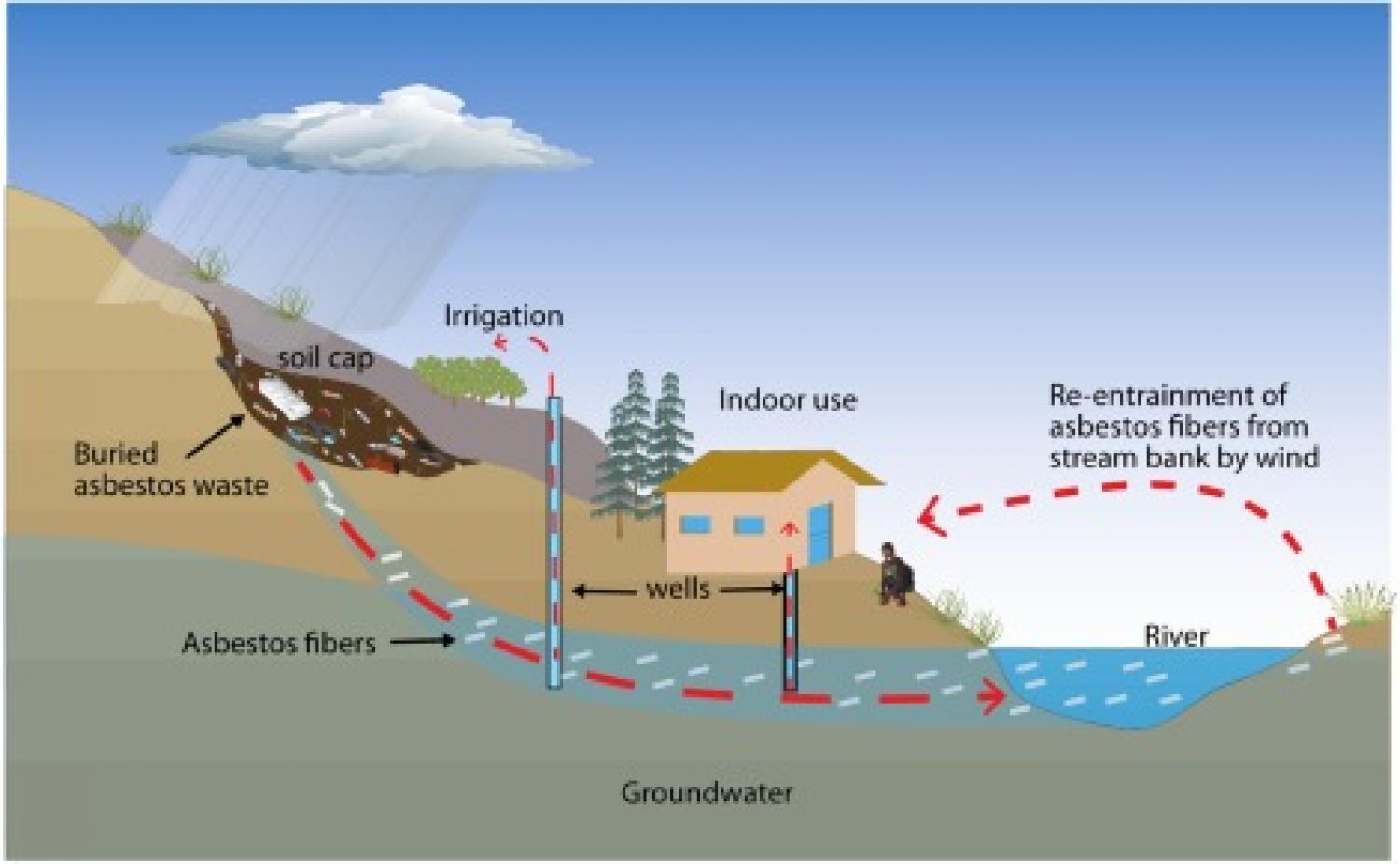
Elsevier, Journal of Hazardous Materials Letters, Volume 2, November 2021
To prevent exposure of millions of people living near thousands of contaminated sites to asbestos, the sites are typically capped with soil and amendments, assuming asbestos mobility underground is negligible in all conditions. Here, we disprove this long-standing assumption and showed that the presence of certain types of dissolved organic matter (DOM) can facilitate the transport of the asbestos fibers through packed sand or soil columns. The column scale simulates asbestos transport without and without DOM, although asbestos transport at a longer scale through aquifer may vary because of soil heterogeneity. Our data shows that the extent of fiber transport in soil is affected by DOM quality: fulvic acid > humic acid > natural organic matter isolated from Suwanee River, a model terrestrial organic carbon. We attribute the results to the ability of DOM to affect aggregation of asbestos fibers and limit their attachment on soil. Thus, types of organic amendments applied on asbestos-contaminated sites may have an unintended consequence: transport of asbestos fibers to shallow groundwater to receiving streams or rivers, from where they could be resuspended in the air via irrigation or drying of the riverbed.
